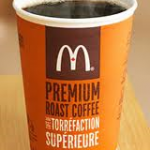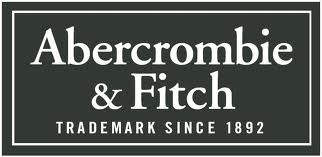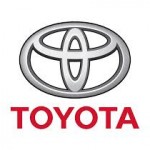Amazon Constantly Audits its Business Model
When I stumbled upon the on-line blog, “Amazon Constantly Audits its Business Model“, I felt that it is the perfect article to conclude a lot of the things that we have learned in Comm 101 this year — some of which may include the practice of auditing from the accounting class that we had, or even one of the most important concepts that we took away from the class, which was the business model canvas.
In this article, the blogger emphasizes on Amazon’s constant changes in its business model. Because they have recognized the fact that they are not at all that efficient in shipping goods to individual customers, the business model underwent several revisions and have finally settled down to “sell all, carry more” instead of its old business model, which was “sell all, carry few”. In this way, we see that Amazon has tried to increase its revenue streams by getting rid of as much inventory as possible. Furthermore, Amazon continued to reinvent its business model by coming up with a plan called “Fulfillment by Amazon”. In this, they plan to spend $14 billion to build approximately 50 warehouse facilities that would serve Amazon as a wholesaler of goods. This is also where independent producers are able to utilize Amazon’s warehouse connections to place orders.
From reading the blog, I had a strong sense of how ambitious Amazon really is by the looks of how often they keep revising their business model in order to better their revenue streams. In the end, I believe that if Amazon was to succeed in its fulfillment capabilities, then they would be truly deserving of it.
Sources:
http://blogs.hbr.org/2013/11/amazon-constantly-audits-its-business-model/






